
Following the drafting of the Civil Society Youth Pledge at the Hui in September, and while contemplating what is to follow, Jayden van Leeuwen (YGSG) and I locked in on two key elements of the pledge.
The first was the Treaty’s Article 12 obligation to take the pledge to a state that has not yet ratified the Nuclear Ban Treaty (TPNW 2017). This became a reality when our Australia trip was finalized.
The second- uncovering the inherent ties between the need for nuclear disarmament and mitigating climate change.
This would not only be on our agenda, but we would realize it is a key method to reduce the noise and pique interest in a campaign that some youth feel quite disconnected from in the 21st century.
From 1944-73, Australia played ping pong with its nuclear regime before foregoing the nuclear route by signing the NPT owing to a geo-political change in Asia in the 70s. The myth of US deterrence and nuclear protection were and are still integral to Australian security and the trickle-down effect can be felt from the older generations who protested the revival of the nuclear arms race in the 80s to some of the younger generation, who tend to either be unaware of the disproportionate and indiscriminatory nature of nuclear weapons, and believe that nuclear energy is the best supplement to renewable energy sources, or willing to discuss the movement but fall victim to an education gap on the matter.
We will be able to mobilise groups including youth for nuclear disarmament once there is a realisation of the existential threat of nuclear weapons, in a way that has been realised for climate change recently. We report that the way forward for the movement can be summarised according for 4 key aspects coupled with the realisation of an existential threat, I term them E2P2: Existential threat and Experience, Education, Political ideology and Perspective.
Existential threat and Experience
PND Australia started their Nuclear campaign in 1960. Their objective is to inspire and mobilize public opinion in support of nuclear disarmament through campaigning against the American hegemony and Australia’s involvement in American nuclear efforts. The group is of the opinion that no real distinction can be made between the nuclear weapons, nuclear power and nuclear research industries. One of their values in particular, that there will be no lasting peace without justice for all- including inter-generational justice, ties in with the Centre’s values for international peace and security.
The key revelation from this discussion was that an existential threat can be realized through experience or education. The main point of discussion here was the experience element. Young people today living in regions largely unaffected by nuclear catastrophe feel distant from the issue owing to either a lack of experience or because they feel they do not have the ability to make a difference. Several surveys on millennials suggest that as the 2010s have progressed, awareness of the use of atomic bombs in World War II has declined. Coupled with this is the notion that nuclear disarmament is not a main security challenge facing their nations. There is some realization that recent nuclear testing and unravelling of international cooperation make nuclear weapons a major security threat; and some worry that nuclear arsenal stored in umbrella states makes the issue critical in today’s political environment.
Existential threat and Political ideology
The current security landscape in Australia propagates the idea that nuclear weapons are necessary to protect its borders. They remain deeply embedded in strategic political thinking in ways that assign powerful socio-political values to the weapon. A recent call for Australia to acquire nuclear weapons from the Australian Strategic Policy Institute (ASPI) is one of many fearmongering incidents that raise
suspicion that nuclear disarmament is conducive to international peace. In making these calls, there is no regard to the fact that Australia has an NPT and South Pacific Nuclear Free Zone Treaty obligation to not obtain nuclear weapons. There is also an ignorance that a nuclear weapons program would be visible for years before there are any viable nuclear weapons, heightening the threat of insecurity resulting in usage before Australia is capable of retaliation. The cost of a weapons program would also push their military budget far beyond their 2% GDP goal and this does not include the social cost of raising tensions with other international players. Despite these facts, the existing political ideology places a major constraint on the progression of disarmament efforts.
Existential threat and Perspective
Meeting with AIIE served as a valuable tool to educate ourselves on how to approach those dependent on nuclear weapons including Nuclear-Weapon states (NWS) and non-NPT states to start a meaningful dialogue and not debate on the potential for disarmament. The Secretary-General called for total elimination in October 2019 while he acknowledged a reversal in achieved disarmament owing to a growing mistrust between NWS. The expiration of the INF Treaty could mean a spiral into old habits of holding the world hostage to the threat of nuclear annihilation. Among several calls were ones for dialogue on unity, finances for nuclear weapons being invested in climate change mitigation and strengthening multilateralism for disarmament decision-making. Challenges to the NPT regime are aplenty with the modernization of nuclear arsenals and with the JCPOA hanging by a thread, calls for a Nuclear Free Europe and Middle East are becoming louder. Calls from the Global South for NWS to fulfill their explicit obligations under the NPT are also gaining traction. The Director of AIIE equipped us with methods to open conversation with these states on nuclear proliferation, agenda and disarmament.
Existential threat and Education
This trip solidified the importance of education and the trickle-down effects of politics on a movement. In Australia, there is a tangible gap in knowledge on the implications of nuclear weapons and where there is no gap, politicians seem willing to accept the logic and need to disarm privately but feel pressured to stay
pro-nuclear umbrella publicly. We found that owing to the noise and hopelessness that engulfs 21st century issues, some youth tend to steer them away from being mobilized on issues they do not feel close to, or feel incapable of making a difference to. The ability of the Climate Crisis to mobilize youth drew our attention to the idea that existential threat is realized from experience or education. Youth that had experienced the effects of climate change (NSW Bushfires) felt responsible to question their government and capable of making a difference. There are spikes in youth engagement in regions where their environment has been affected by, or they are descendants of those affected by nuclear warfare. The question of education becomes vital when there is a realization that we cannot afford to have tomorrow’s policy-makers, voters and leaders who think nuclear weapons or the climate crisis do not deserve urgent action.
Summary
The political landscape and resulting disarmament ideology are tinted by Australia’s US alliance and the consequence is found in the trickle-down inertia in disarmament matters. For our movement to gain traction, the next steps must
engage youth in the realization of the existential threat of nuclear weapons through E2P2- Experience, Education, Political ideology and Perspective. Phase II of this project will commence in 2020.
Renee Moorjani has just completed a law degree at University of Auckland. She is Secretary of the Centre.

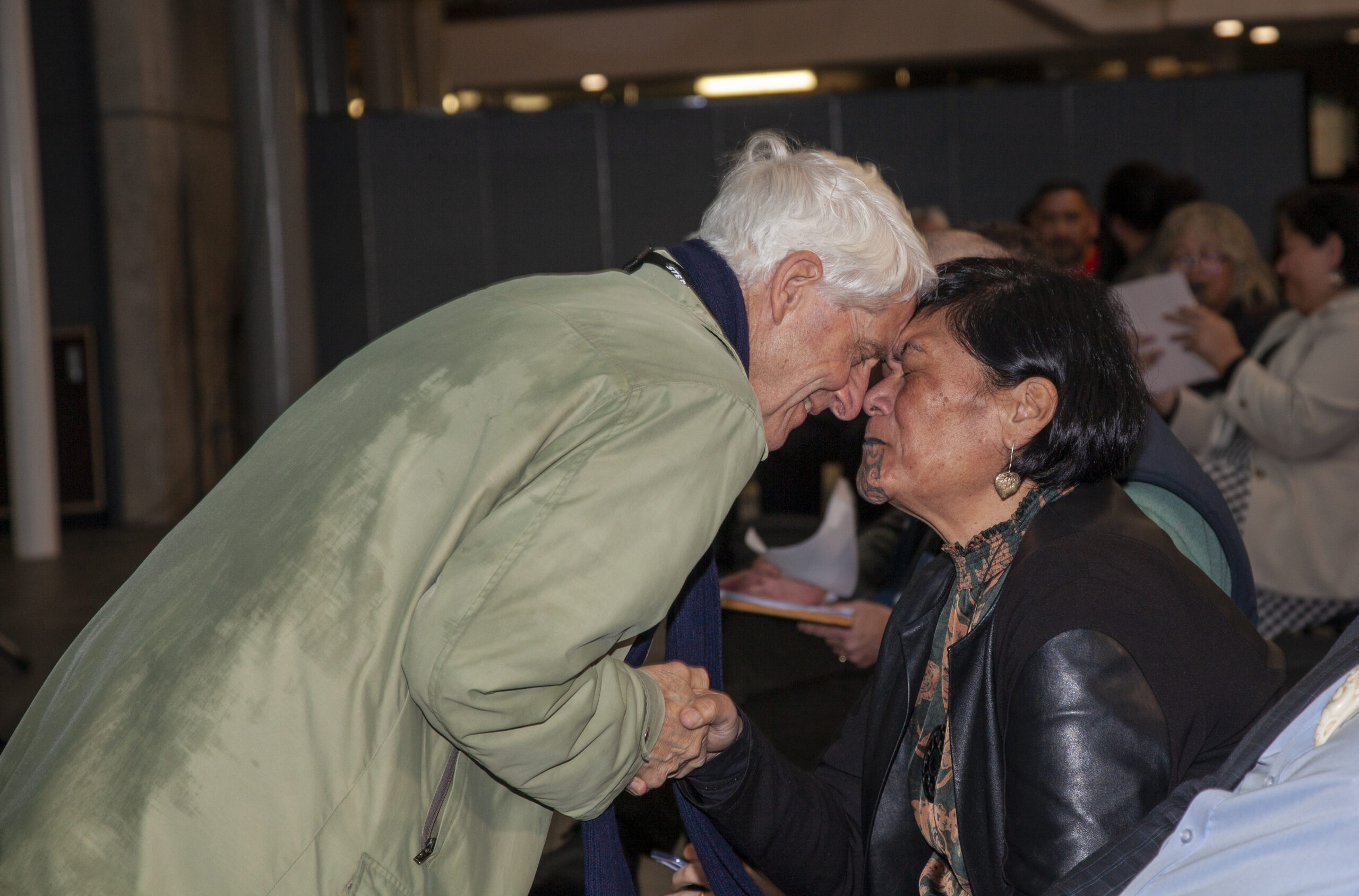
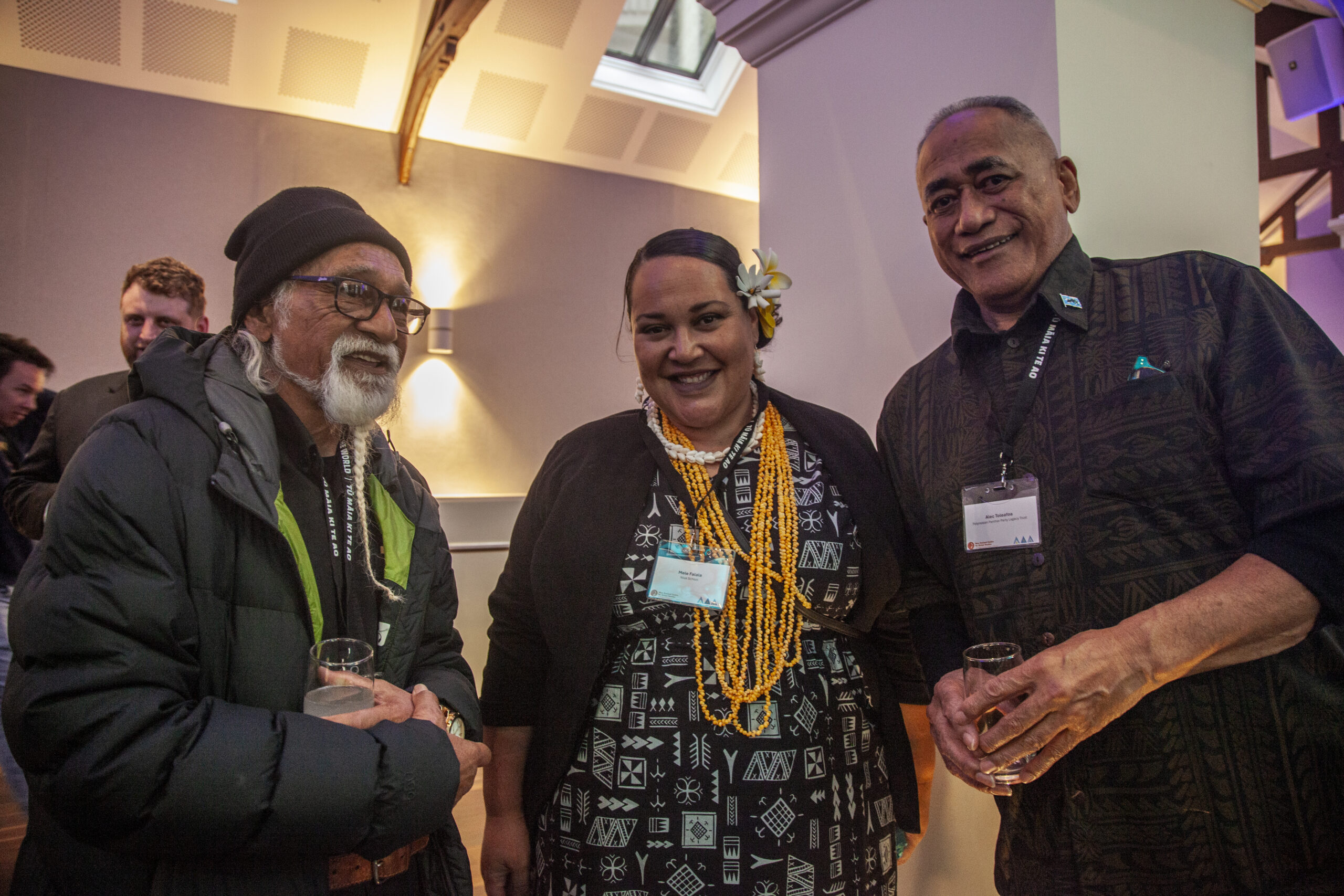
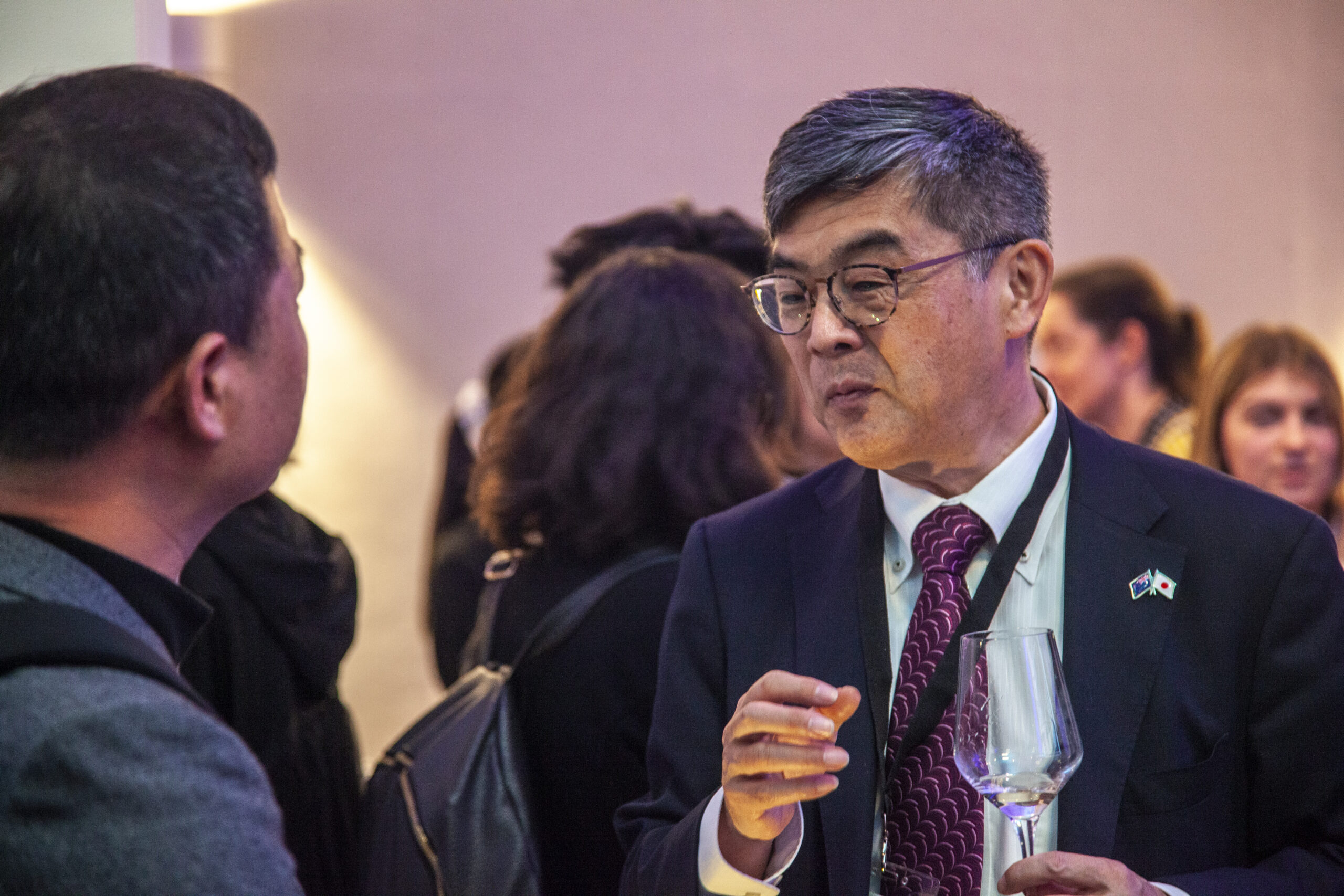
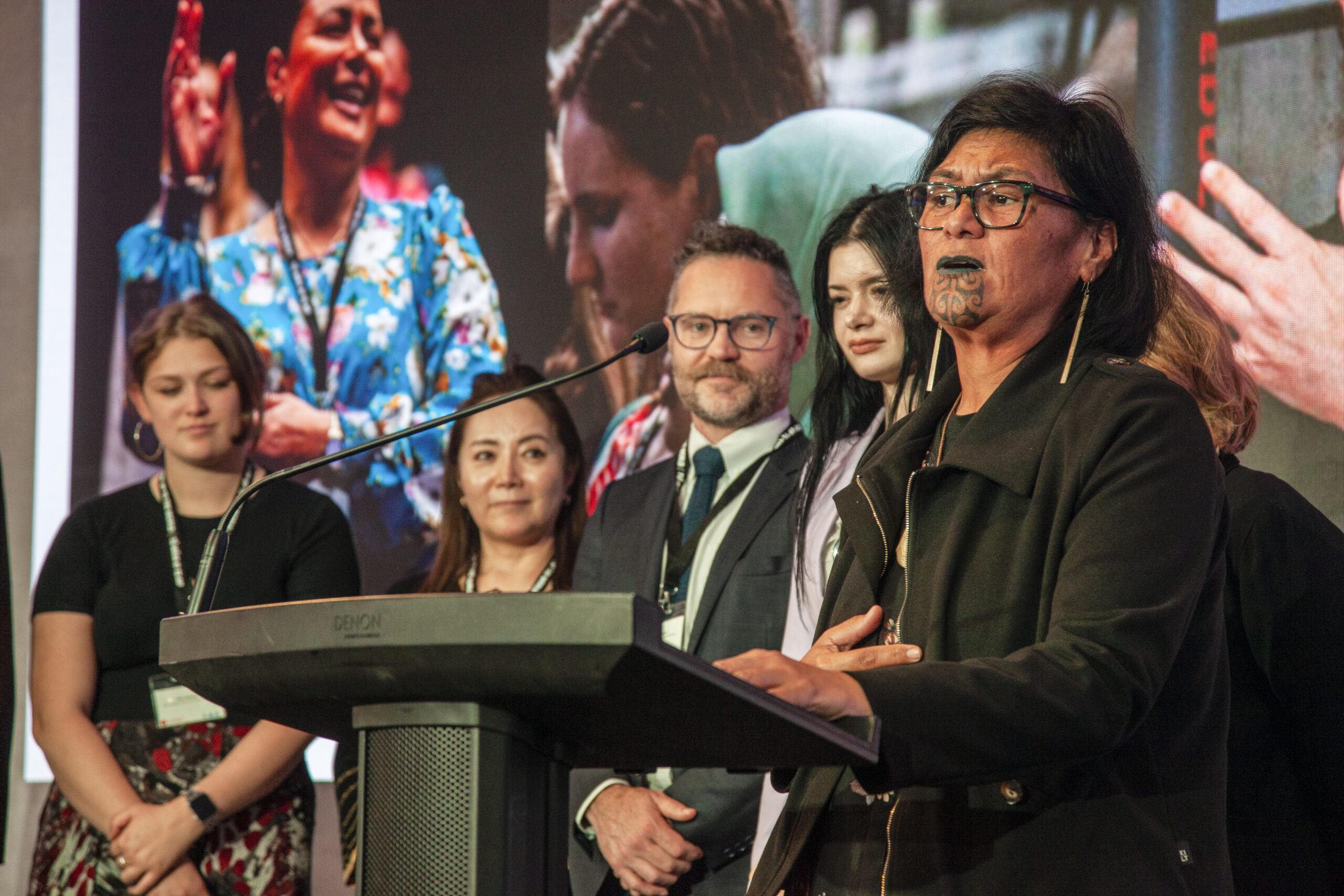
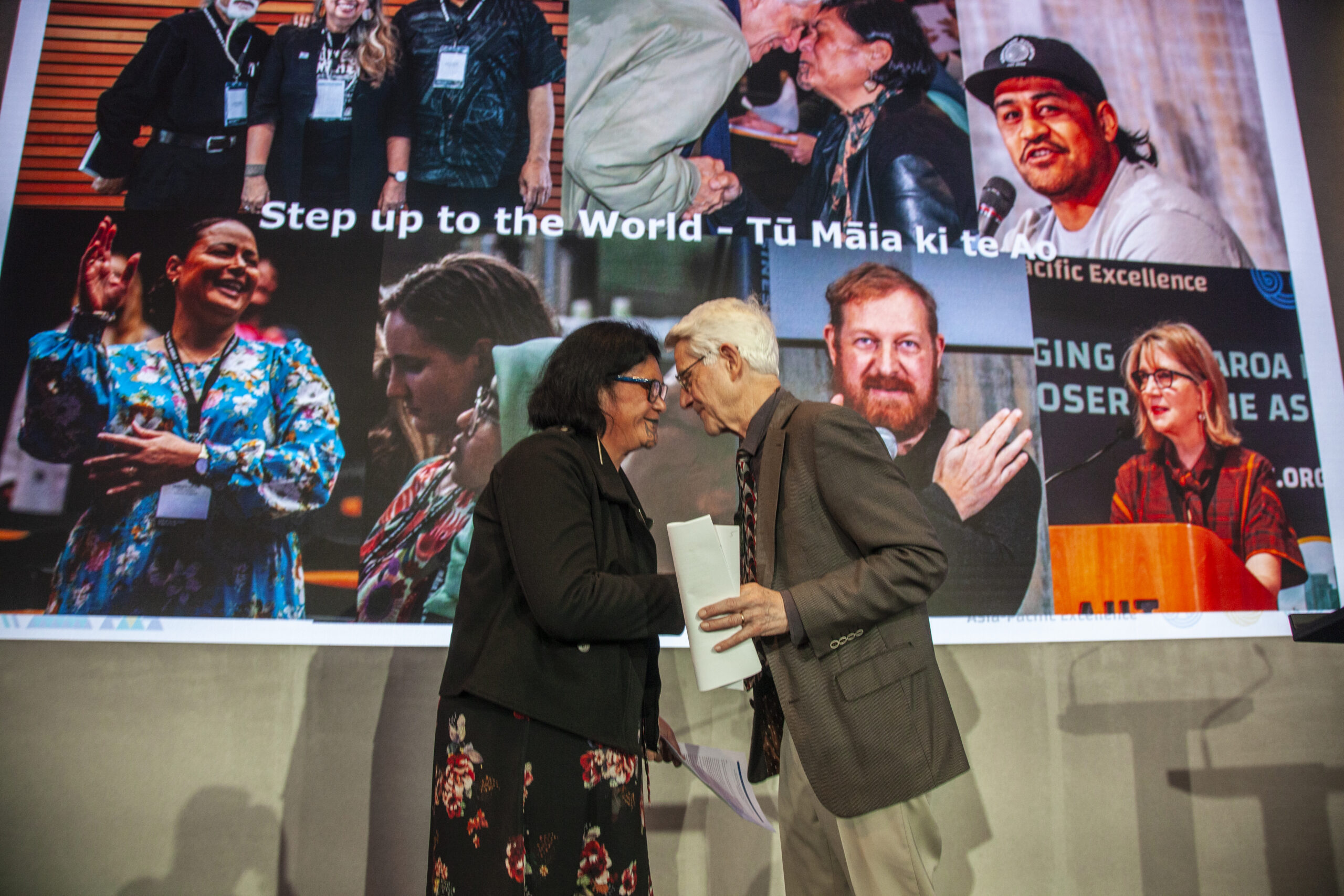
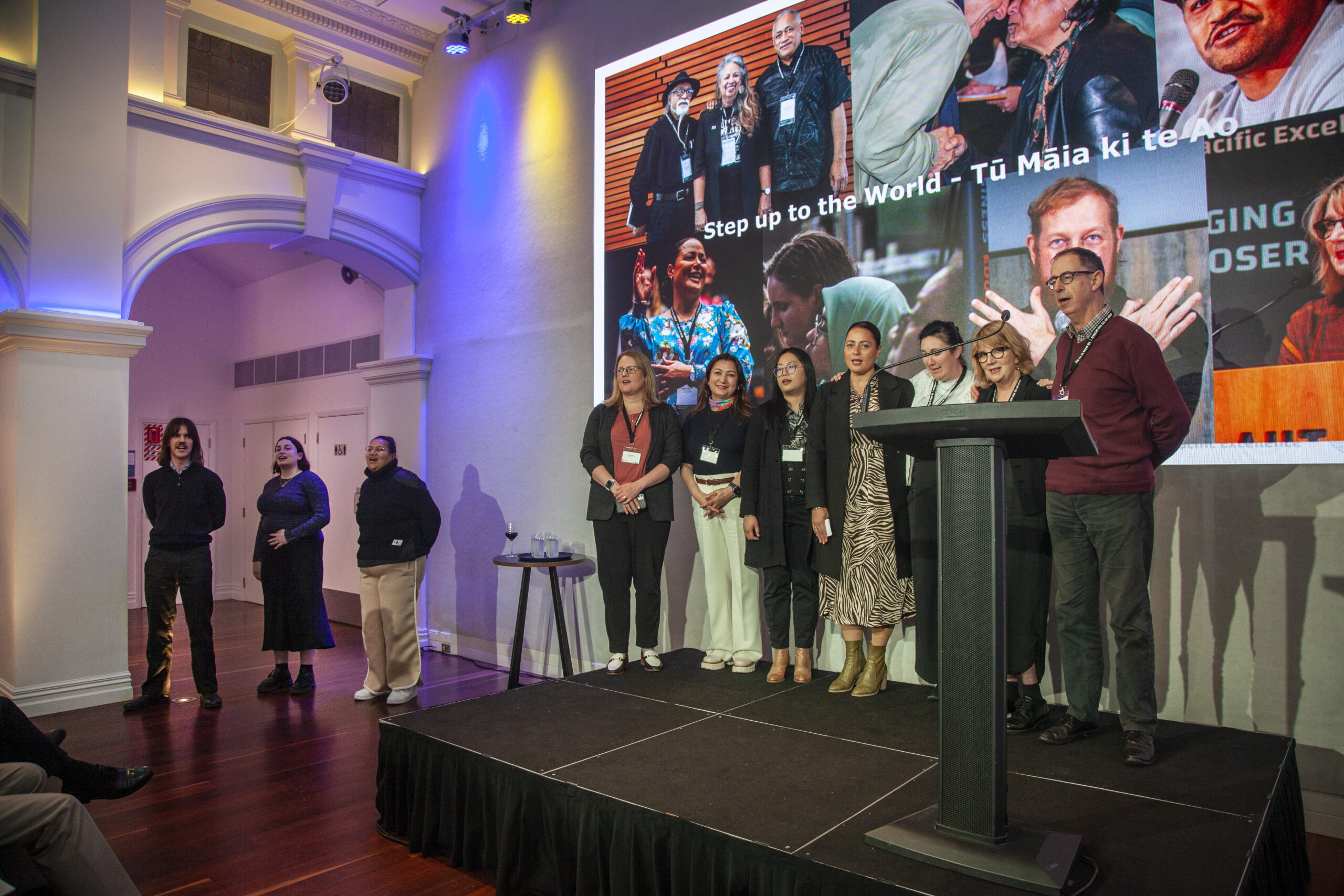
0 Comments